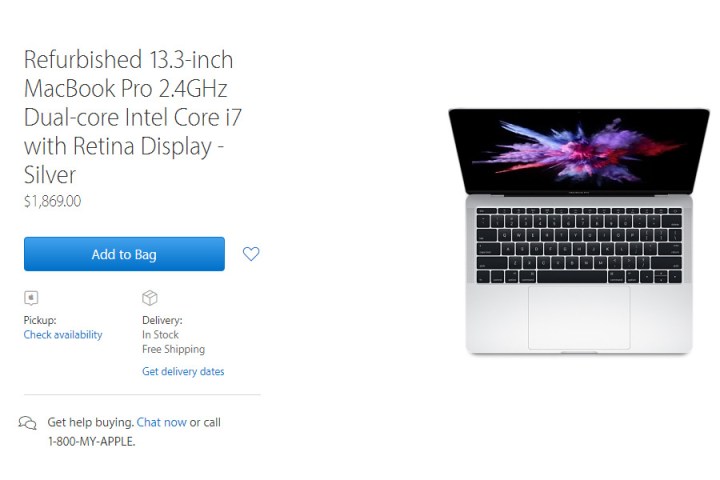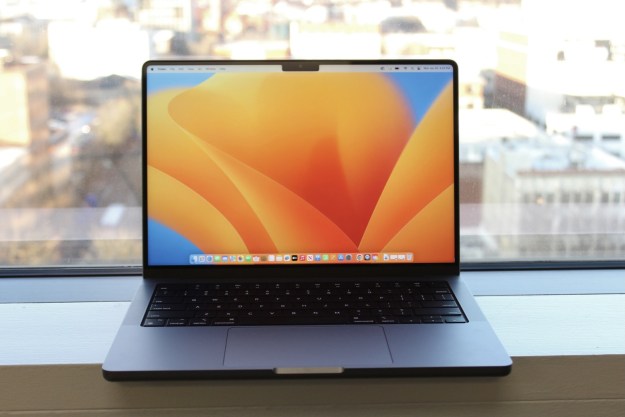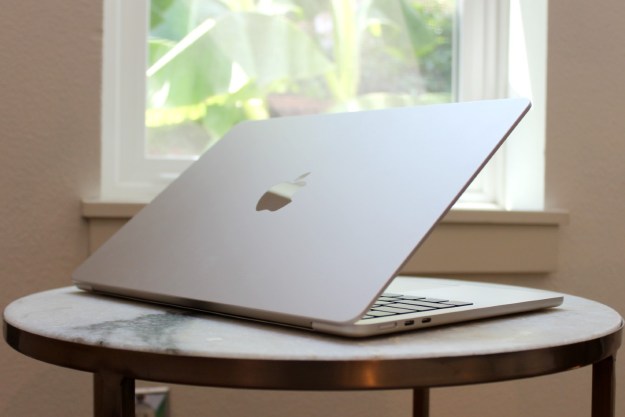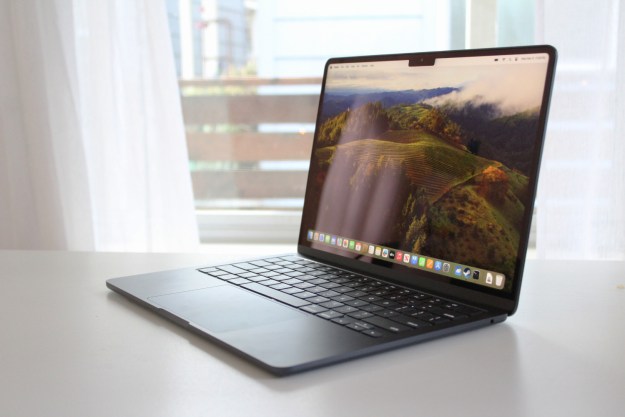
One of the more standout additions to the 2016 MacBook Pro was the Touch Bar, though Apple did launch a version without it in October 2016. It’s that version of the Pro which is now available in the refurbished store, in somewhat limited varieties. There are a few different configurations of internal hardware, with discounts over new versions by several hundred dollars.
Since these are refurbished models, the stock Apple has available is dependent on people sending them back, so there’s never a guarantee of a specific model in there. At the time of writing though there are two options for second-hand buyers.
The first, is a 2GHz dual-core, Core i5 model, with retina display. It features 8GB of RAM and 512GB of PCIe-based solid state storage and makes use of Intel’s on-board Graphics 540 chip. It’s priced at $1,440.
Although there are a number of older MacBooks available, too, the only other 2016 model packs a 2.4GHz dual-core, Core i7 CPU and 16GB of LPDDR3 memory, so it is a little more powerful, which is why its price tag is higher too: $1,870. As MacRumor’s listings show though, what’s available changes all of the time, so keep your eyes peeled if you’re looking for a specific deal.
Apple offers free shipping and free returns on all refurbished purchases.
Now sure which refurbished products you should consider? We have a handy guide that will help you know what’s safe and what’s not safe to buy used.
Editors' Recommendations
- The XPS 16 is fighting an uphill battle against the MacBook Pro
- A new wave of powerful laptops rises to challenge the MacBook Pro
- 5 laptops you should buy instead of the M2 MacBook Air
- The biggest threat to the MacBook this year might come from Apple itself
- The case for buying the M2 MacBook Air over the M3 model




